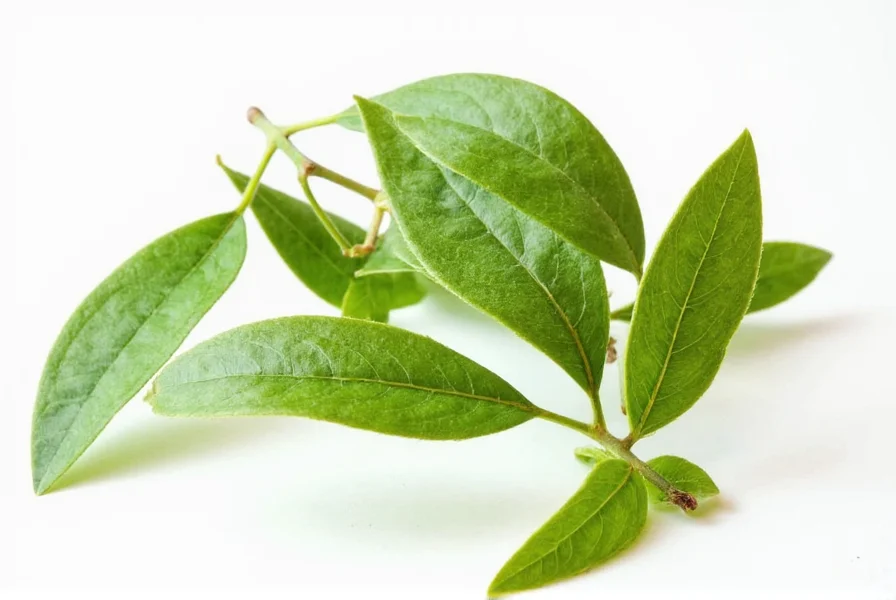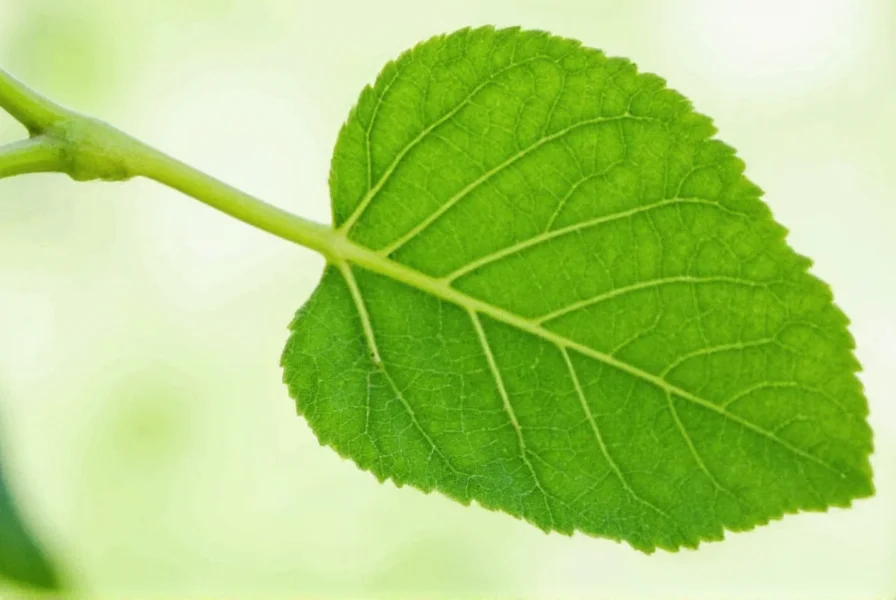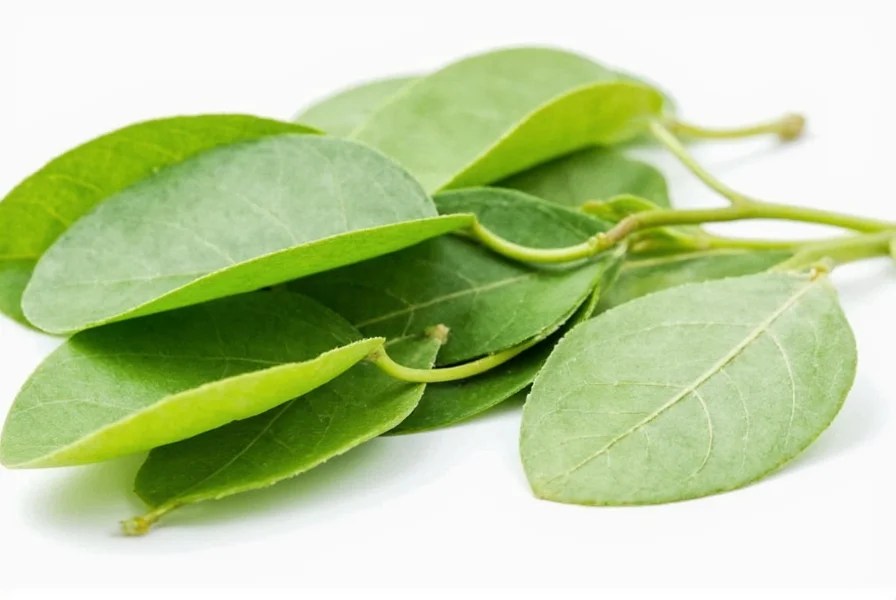When searching for information about clove leaves, many people mistakenly believe that the spice cloves come from leaves rather than flower buds. This confusion leads to questions about culinary substitutions and potential uses. Understanding the botanical reality helps clarify proper applications and expectations.
Botanical Facts About Clove Trees and Their Leaves
The clove tree (Syzygium aromaticum), native to Indonesia's Maluku Islands, produces both the familiar spice buds and distinctive leaves. These evergreen trees grow 8-12 meters tall in tropical climates and feature:
- Leaves that are 5-15 cm long, oval-shaped with smooth margins
- Dark green, glossy upper surface with lighter underside
- Leathery texture typical of tropical evergreen species
- Arrangement in opposite pairs along branches
Unlike the aromatic flower buds harvested as cloves, the leaves contain eugenol (the compound responsible for clove's distinctive scent) at significantly lower concentrations—typically 10-15% compared to 70-90% in the buds.
| Characteristic | Clove Buds (Spice) | Clove Leaves |
|---|---|---|
| Eugenol Content | 70-90% | 10-15% |
| Primary Use | Culinary spice | Traditional medicine, essential oil |
| Harvest Timing | Unopened flower buds | Mature leaves year-round |
| Flavor Intensity | Strong, pungent | Mild, subtle |
Traditional and Modern Applications of Clove Leaves
While clove leaf benefits don't match the potency of the buds, various cultures have incorporated them into traditional practices:
Culinary Considerations
Unlike the spice cloves, clove leaves aren't typically used in Western cooking. In Indonesian and Malaysian cuisines, they occasionally appear in:
- Slow-cooked meat dishes where their milder flavor won't overpower
- Regional spice blends where subtle clove notes are desired
- As a flavoring agent in traditional rice dishes
When exploring what are clove leaves used for in cooking, understand they cannot directly substitute for clove buds due to significantly lower eugenol content. Using them as a 1:1 replacement would require substantially larger quantities that might alter dish texture.
Medicinal Applications
Traditional medicine systems have employed clove leaves for centuries, particularly in Southeast Asia. Common preparations include:
- Clove leaf tea for digestive discomfort and mild sore throats
- Topical applications of crushed leaves for minor skin irritations
- Steam inhalation of boiled leaves for respiratory relief
Modern research on clove leaf tea benefits remains limited compared to studies on clove bud extracts. While preliminary studies suggest antimicrobial properties, the concentration of active compounds is substantially lower than in the buds.

Addressing Common Confusions
Several misunderstandings surround clove plant identification that deserve clarification:
Clove vs. "Clove"-Named Plants
The term "clove" exclusively refers to Syzygium aromaticum. Confusion often arises with:
- Clove pink (Dianthus): An unrelated flowering plant with no culinary use
- Bay leaves: Sometimes mistakenly called "clove leaves" due to similar appearance in some varieties
- Allspice leaves: From the Pimenta dioica tree, which produces allspice berries
Availability and Substitutes
When searching where to buy clove leaves, note that they're significantly less available than clove buds. Specialty Asian markets or herbal suppliers might carry them, but most grocery stores only stock the buds.
For those seeking can you eat clove leaves alternatives, consider:
- Clove bud powder (use sparingly—1/4 teaspoon replaces one leaf)
- Allspice leaves for similar flavor profile in cooking
- Nutmeg for warm, spicy notes in baked goods

Safety and Practical Considerations
While generally recognized as safe in culinary amounts, clove leaves warrant some precautions:
- Essential oils from leaves still contain eugenol, which can cause irritation in concentrated forms
- Pregnant women should consult healthcare providers before medicinal use
- People with bleeding disorders should exercise caution due to potential blood-thinning effects
- Always verify plant identification—many look-alike species exist
For gardeners interested in clove tree leaves identification, remember these trees require tropical conditions (USDA zones 10-12) and cannot survive freezing temperatures. They thrive in humid, frost-free environments with well-drained soil.
Conclusion
Understanding the distinction between clove buds and leaves resolves much of the confusion surrounding this topic. While clove tree leaves benefits exist, they're more limited than those of the spice cloves. The leaves serve primarily in traditional contexts rather than as mainstream culinary ingredients. When seeking information about clove-related products, precise terminology ensures you find appropriate applications and avoid substitution errors in recipes or remedies.











 浙公网安备
33010002000092号
浙公网安备
33010002000092号 浙B2-20120091-4
浙B2-20120091-4